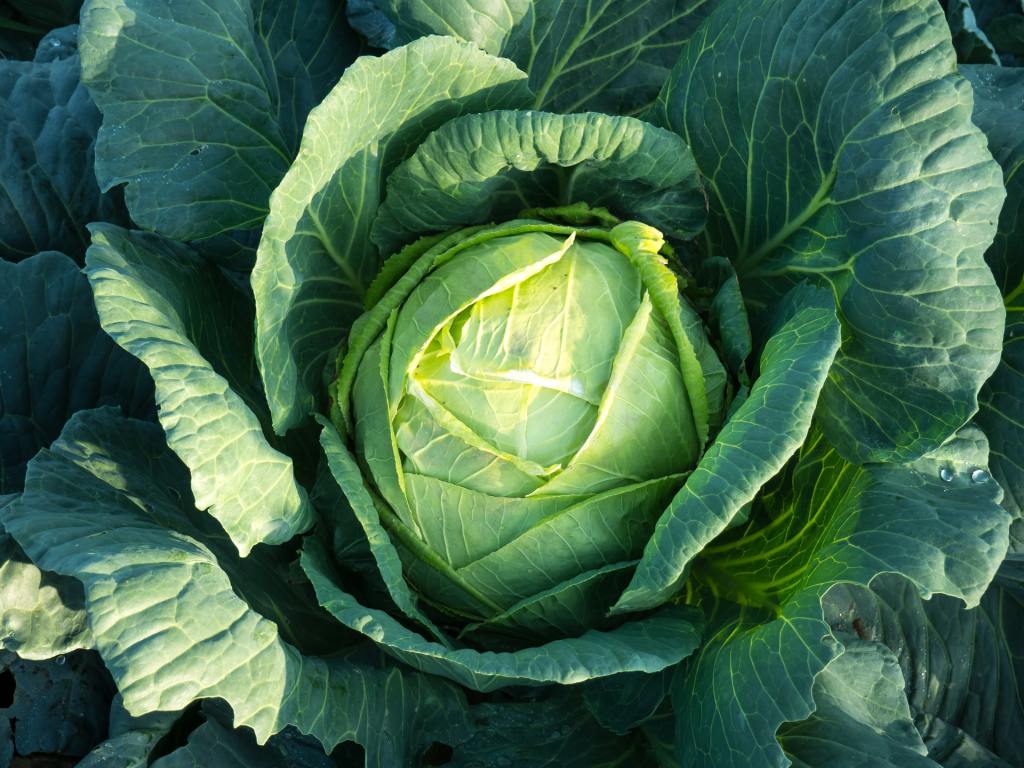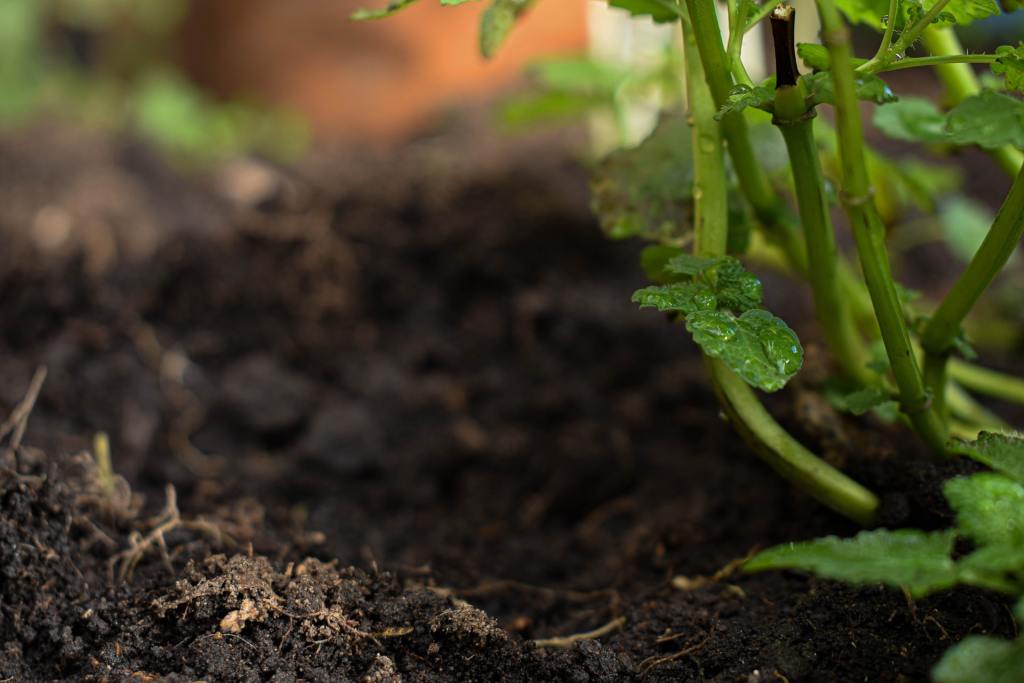It’s no secret that one of the most significant changes within the last two years that no one saw coming was everyone’s desire to suddenly move. Whether it’s because we’ve had to spend more time at home and realized it doesn’t suit our needs, or we’ve started new hobbies that require different spaces—either way, many of us are moving.
This comes with a plethora of things to consider, but one of the main concerns of gardeners will be how a big move will affect their gardening hobby. Some might have the opportunity to choose where they’re moving, and in this case, you can use the below considerations to ensure you select the optimal location for you and your garden. However, some might not have a choice in where they move and can use the considerations below to prepare for how their gardening habits might change.
New climate, new plant opportunities
One of the most exciting parts about moving to a new climate zone is the opportunity to try plants that maybe you couldn’t in your last home. For example, a gardener might love fresh kiwis but live in a climate that just isn’t suited for the kiwi plant. However, if they’re now moving to a more accommodating environment, they can try their hand at growing this yummy plant.
Similarly, those in warmer climates might dream of giant cabbages, but the heat of summer makes them difficult to grow. If they’re relocating to cooler weather, they might finally be able to grow huge heads of cabbage for some delicious cabbage soup, sauerkraut, or even fried cabbage.

New climate, new plant restrictions
This might seem elementary, but it can be easy to forget that those heirloom tomatoes you love might not do well in your new climate. While there might be opportunities to grow plants you couldn’t before, this also likely means you won’t be able to produce some of the plants you’re used to growing. If the location you’re considering means you can’t grow a majority of your favorite plants, maybe you should try to find a different option so you can keep growing what you love. Or, where possible, learn how to grow those plants indoors or in a greenhouse.
Growing season differences
New climates mean different growing seasons. As we gardeners know, understanding your growing season is crucial to a successful garden. It’s how you know if you have time to grow those cucumbers to maturity before the first frost or when it’s best to plan your fall garden. All of these details will change when you move to a new climate zone. The first and last frost dates will be different, as well as the number of days you have within your growing season.
This will affect which plants you can grow and how many successions plantings you can do. For example, in a warmer climate, you might have been able to succession plant cilantro up until October, but if you’re moving to a cooler climate, that number is probably going to go down. The opposite might be true, too. Before, you may have had to cut your tomato season short because of a shorter growing season, but you might get a longer growing season with your new climate.
Either way, it’s a good idea to familiarize yourself with the new dates and numbers you’ll have to keep in mind when planning your garden.
Watering needs might change
Again, this one might seem obvious when comparing Arizona watering needs to Kentucky, but it isn’t as apparent when you’re moving between similar states. Although it’s not likely your watering habits will have to change too dramatically, it’s essential to do some research on the subject to be sure you understand what you’re getting into before planning your garden.

New soil conditions
Soil conditions might not even cross your mind until you’ve already moved and started digging that new garden. You might be used to dark rich soil like they have in Illinois, but now you’re in Southern Ohio, and you’re met with clay. You’ll need to familiarize yourself with new amendments and tricks that Ohioans use to grow, despite the hard clay soil. These differences won’t seem so off-putting if you’ve already done the research.
From sea to shining sea, the United States offers a country full of growing opportunities. While there’s plenty to grow in almost any climate, it’s crucial to educate yourself about the differences before moving or planning a garden so you can be better prepared when you get there.
Editors' Recommendations
- 6 tips you should keep in mind when building your own drought-tolerant garden
- Climate zone 3 plants that will thrive in cool temperatures
- Trying to beat the cold? Here are our favorite frost-resistant plants for any climate
- 4 November garden plants you should consider growing
- Are mulched leaves good for grass? Here’s how to mulch a lawn full of leaves this fall



